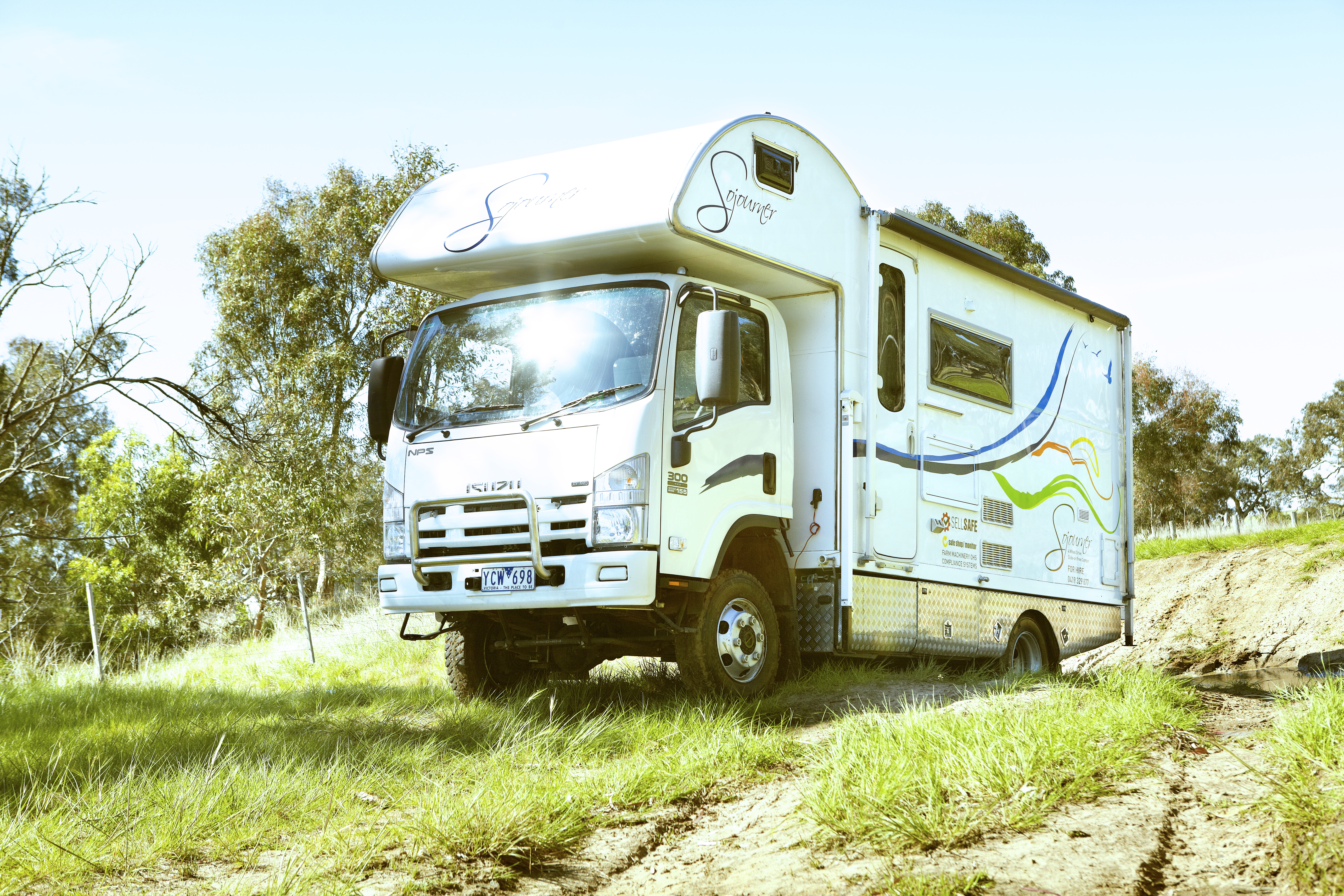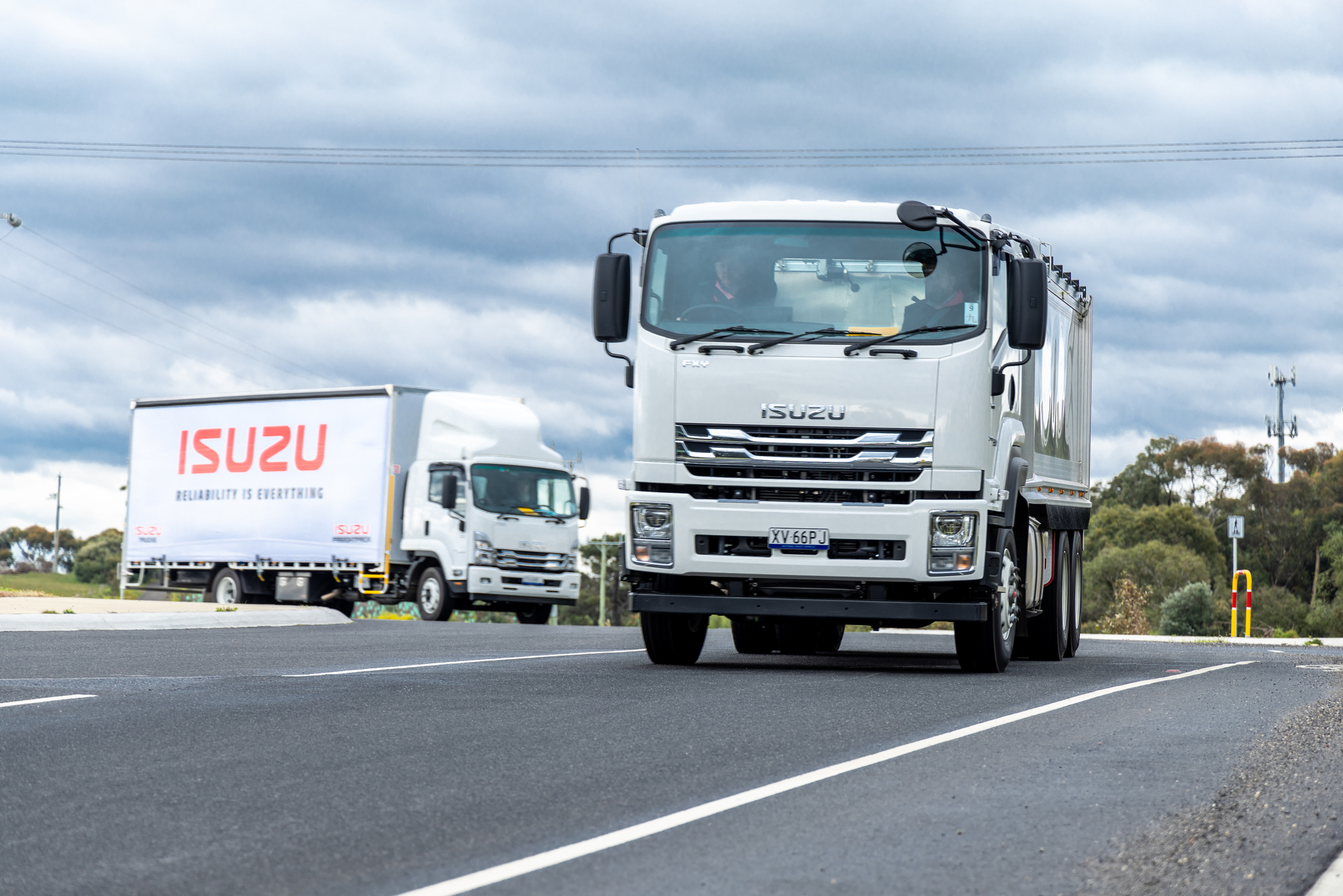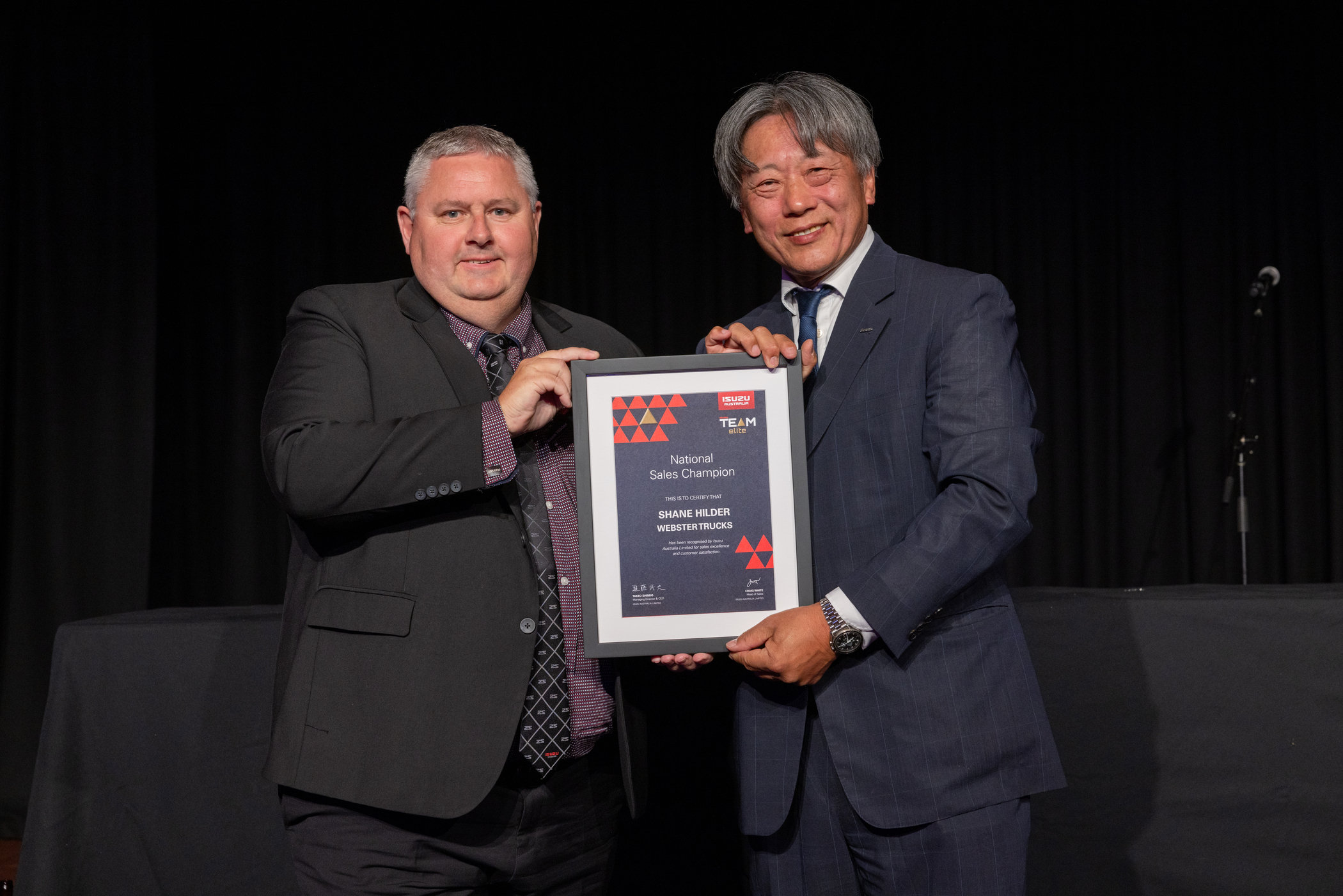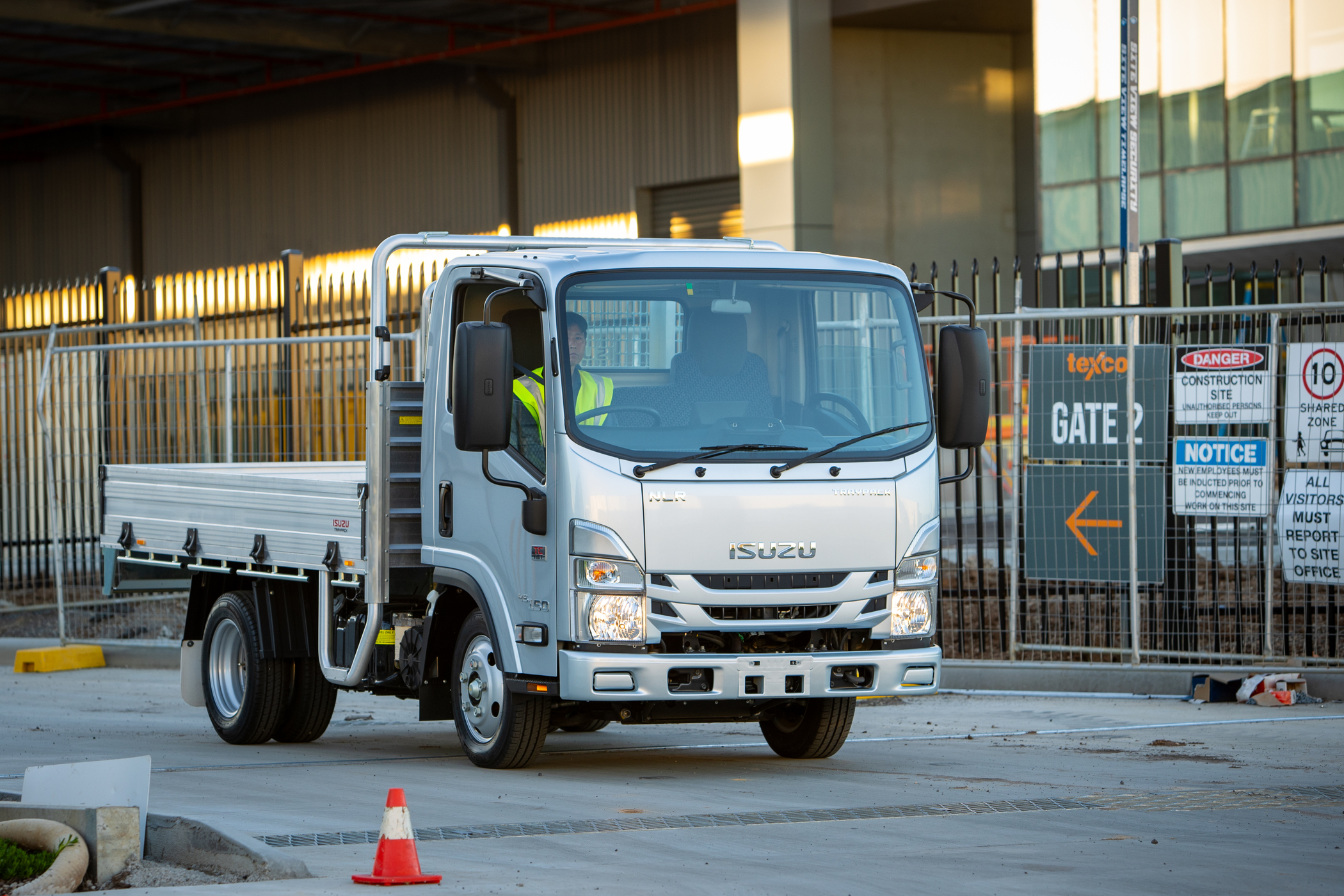For many people, the lure of travelling around Australia on a road-trip or camping in the great outdoors never fades.
But how do you get yourself kitted out for such an adventure?
Choosing your ride
The first thing you’ll need to decide on is your vehicle. A lot of people want something they can drive on a car licence, particularly if driving responsibilities are being shared.
But if you’re going for any length of time, you’ll also need enough grunt to carry a hefty load of supplies. A ute is the default choice for many, but there can be
significant overloading issues to consider with utes, particularly when towing.
Overload your ute and you risk dangerous weight distribution issues such as the ‘
tail wagging the dog’, not to mention that if you’re involved in an accident you have a good chance of not only voiding your insurance but attaining a criminal record too.
Model behaviour
Any truck with a Gross Vehicle Mass (GVM) up to 4,500 kg can be driven on a car licence, with further towing capacity to boot.
Isuzu’s
NLR 45-150, for example, can tow 2,500 kg on top of its payload, while maintaining excellent drivability and handling. And with a turning circle of just 8.9 m, the short wheelbase model will out-manoeuvre most 4x2 utes.
The compact size and turning circle of the NLR makes it a perfect vehicle for navigating tight trails and is ideally suited for travelling through areas like the Bungle Bungles or Great Dividing Range national parks. The
NPS 45-155 4x4 is another option that offers similar benefits with the additional advantage of all-wheel drive.
Choosing between these models will depend on if your trip will have more call for tricky turns or the adaptability of a four-wheel drive.
If you’ve got your light rigid truck licence, the options open up a whole lot more, with bigger payloads allowing for bigger rigs.
And that extra licence class can make a world of difference.
For example, the NPS 75-155 4x4 offers a GVM of 7,500 kg, and a towing capacity of 3,500 kg on top – so you can pull that boat too.
And with four-wheel drive, the NPS has the capacity to handle gravel roads and any challenging terrain you’re likely to throw at it, whether that’s the Birdsville or Oodnadatta Tracks, Gibb River Road or Savannah Way.
Where weight-carrying and towing capacity are key considerations, medium rigid licence-holders can drive any two axle vehicle weighing over 8,000 GVM.
This lets you step up to the Isuzu
FSS 110-210 4x4, with a GVM of 11,000 kg and towing capacity of 5,000 kg.
Bigger again comes the
FTS 139-240 4x4, with a 13,900 kg GVM and an extra 4,100 kg (off road) and 6,600 kg (on road) towing capacity.
Trick up your ride
A bodybuilder can help you fit out the perfect truck body for your needs. Alternatively, there are plenty of prefabricated bodies on the market that can be attached to your vehicle or towed.
Just be clear on your vehicle’s weight and towing limitations before forking out for an elaborate build or a body you can’t legally pull.
There’s a multitude of body options on the market, including those with fold down beds, cabin beds, tables, cupboard storage, stovetops and sinks. Your choices are only limited by your payload – and your budget!
Power up
Outside of a deck of cards, power is among your most vital resources when camping or going on a road trip. From charging your phone, to keeping food and drinks cool, to entertainment, everything requires juice.
But how to keep it flowing?
These days there are plenty of choices outside of a petrol, diesel or gas based generator, although those are still viable options.
Solar panels can be bought relatively cheaply – ranging from around $100 to $1,000 – from any number of outdoor and camping stores.
You can then store the energy generated from your solar panels in a compact battery box that costs anywhere between $250 and $600. Or you could opt to buy a complete solar panel and storage battery for around $1,000.
Anything from portable fridges to lights and small electronics can be plugged into these units so you can listen to music and enjoy a drink while you lose at gin rummy.
A word of warning on appliances however: avoid freezers as they chew through power.
Bits and bobs
You now have the essentials, but man and woman can’t live by power alone. You’ll need other miscellaneous goods to make your trip fun.
Shower and toilet facilities can be fitted or, for a cheaper option, you can use $20 solar heated shower bags with privacy screens and portable mini toilets.
Value for money
If you are going on a road trip around Australia fuel economy will be crucial. A diesel-based vehicle is going to save you time and money, since a tank will take you further along that sun-baked Australian road.
In terms of any mechanical check-ups you may need along the way, forward plan and research the most reputable service centres on your route – the preference here should be for authorised dealer service centres who will know your vehicle. Also, for any unexpected repairs, be sure to ask for receipts and a log of work.
If you choose an Isuzu truck as your four-wheeled friend, you can rest easy knowing they have the most extensive
dealer network in Australia and offer after sales service and truck assist should anything go awry out in the back of Bourke.
Whichever way you choose to go, good luck and enjoy







